What Is A Statechain CoinJoin?

Bitcoin is an open monetary network that anyone can use as long as they have the software to communicate with the network. Your method of interacting with the network can be as simple as using a software wallet and broadcasting via a third-party node, or you can talk to the network directly via your own […]
What Is JIT Routing?
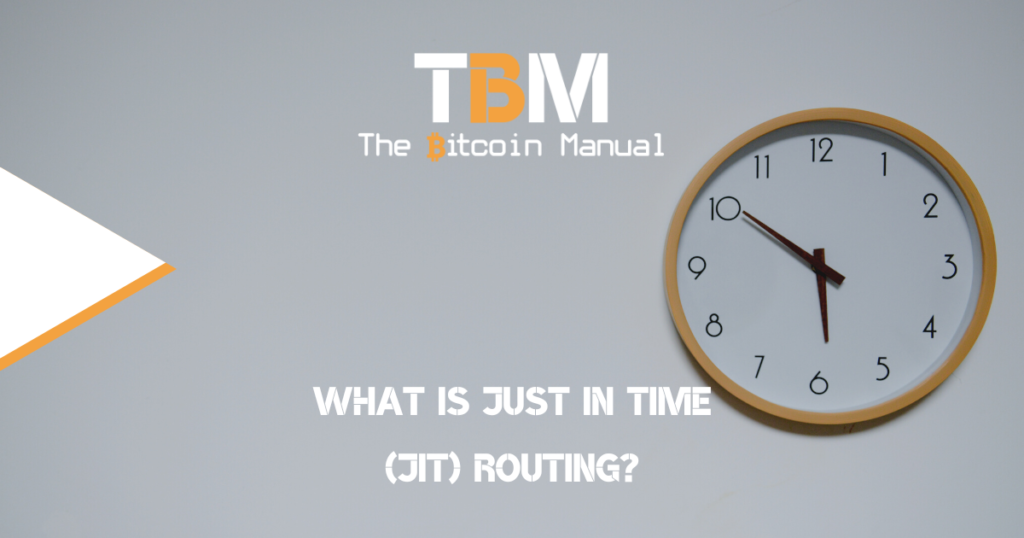
The Lightning Network is a second-layer protocol that sits on top of the Bitcoin blockchain. It allows for fast, cheap, and scalable payments between peers that have chosen to connect with one another by securing Bitcoin in a 2 of 2 multi-sig transactions. When a user broadcasts a Lightning channel open, they decide how much […]
What Is A Just-In-Time (JIT) channel?
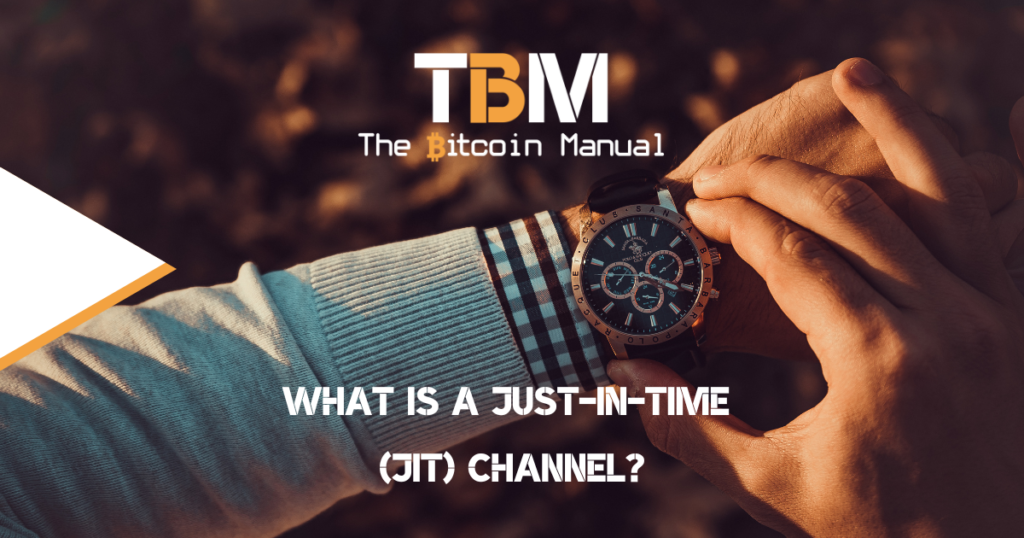
Scaling Bitcoin to the next 1 billion people was never going to be a straightforward task, and as the growing pains continue, so do the lessons. On-chain transactions aren’t practical for several reasons, such as cost and time to confirmation, relegating certain transfers like your small eCommerce payment, and tipping or streaming payments to higher […]
What Are Bitcoin Private Payments?

Bitcoin is a peer-to-peer electronic cash system that was created in 2009, and since the launch of the chain, every single payment ever made is kept on every full node now and into the future as new full nodes spin up and secure a copy of the chain from the genesis block. While Bitcoin is […]
What Are Bitcoin Silent Payments?
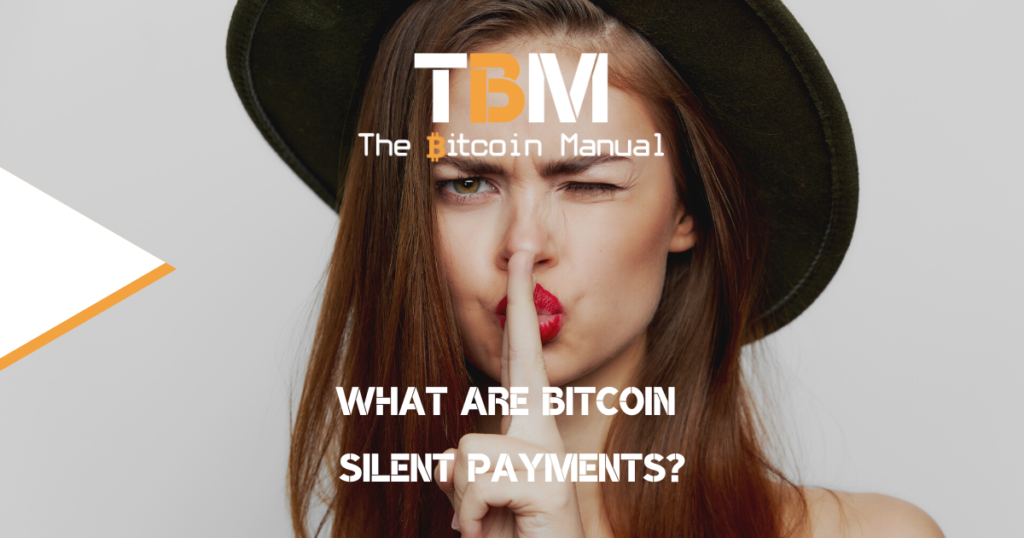
When you become your own bank by taking self-custody of your funds, you are not only responsible for the safeguarding of your assets but also the data you leak and how you intend to preserve your financial privacy. A task that becomes more dubious as the Bitcoin network has many prying eyes, and chain analysis […]
What Is A Core Lightning Plugin?
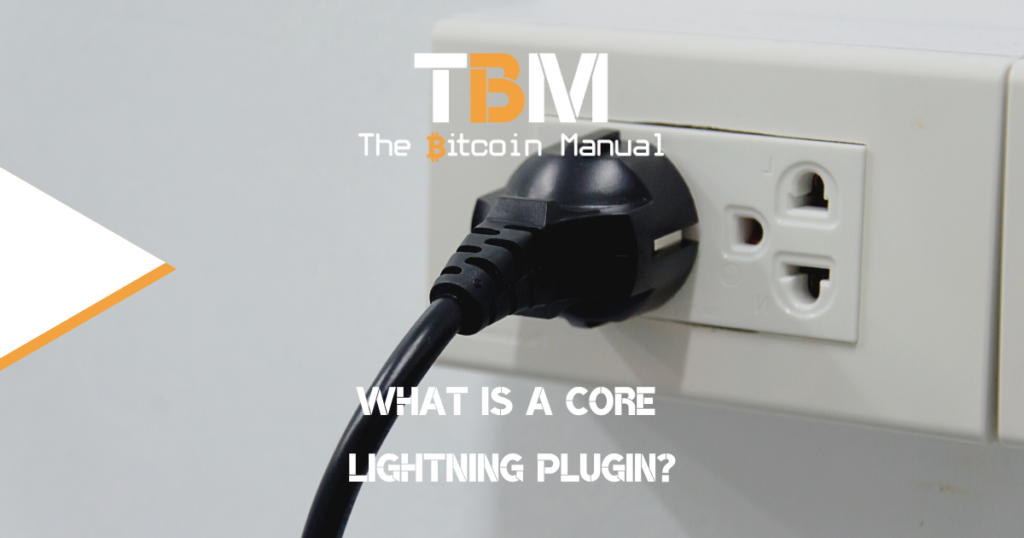
In the expansive world of Bitcoin and its off-chain scalability solutions, Core Lightning stands out as a unique implementation of the Lightning Network due to its growing library of plugins. It represents an alternative to other popular implementations, such as eClair and LND with the main distinction lies in its architecture and its approach to […]
The Pros & Cons Of Ledger Recover
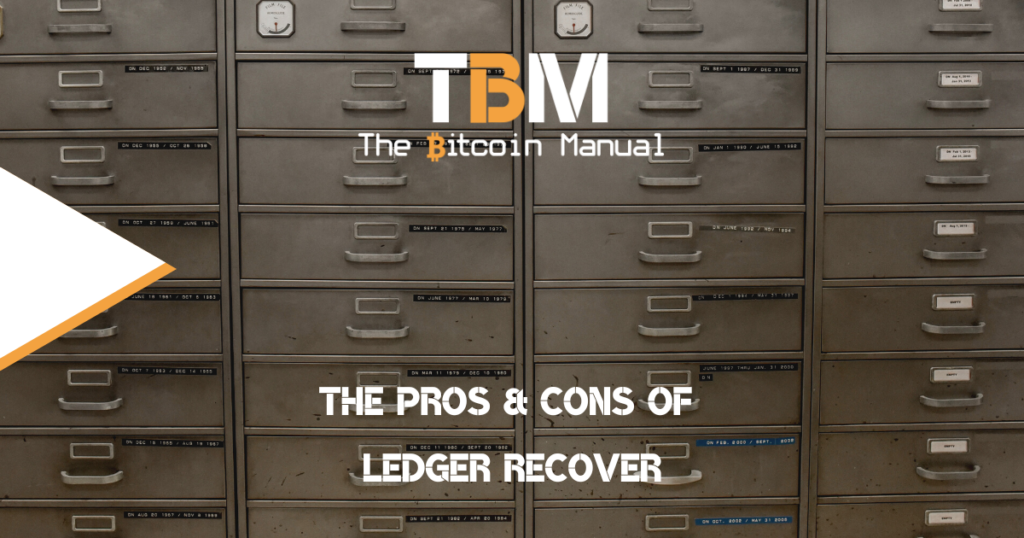
Hardware wallet maker Ledger has been synonymous with cold storing your funds for many years now. They’ve had a solid track record distributing millions of devices worldwide, and if you’ve been in Bitcoin long enough, it might have been your first wallet or is part of your collection, used as a single signature device or […]
What Are Non-Interactive Lightning Channels?

During the brief period of high fees, Bitcoin always comes under fire, and with the naysayers declaring it dead on arrival, that Bitcoin will never scale and eventually it will become unusable, baulking under the weight of the growing user base requiring block space that simply isn’t available when everyone needs it. The moment you […]
What Is BIP324?
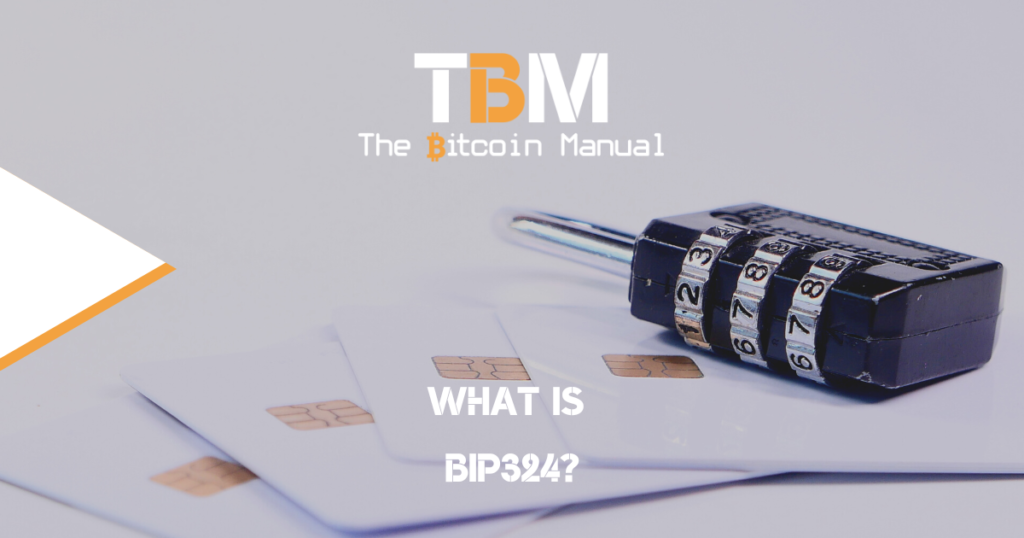
One of the major selling points of Bitcoin is that no third party can interfere with your use of the network should you have direct communication methods by running your own node. Every day, Bitcoiners use their nodes to broadcast transactions to the network without much issue, but that doesn’t mean the process cannot be […]
What Is Bitcoin Miniscript?

When you perform a bitcoin transaction, you’re instructing a bitcoin wallet to execute a command on your behalf and provide it with a few parameters, such as the public address you want to send to, the amount you want to send, the UTXO you wish to use, the fee you’d like to pay miners to […]
